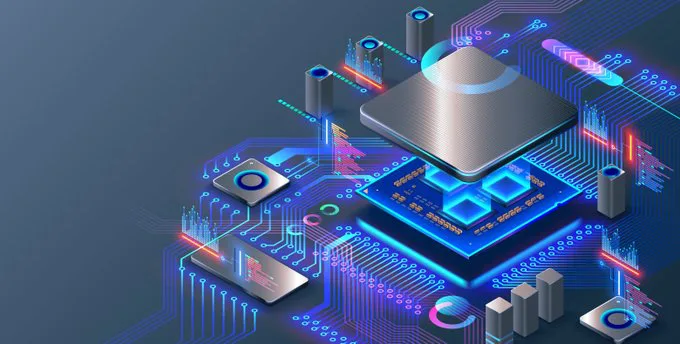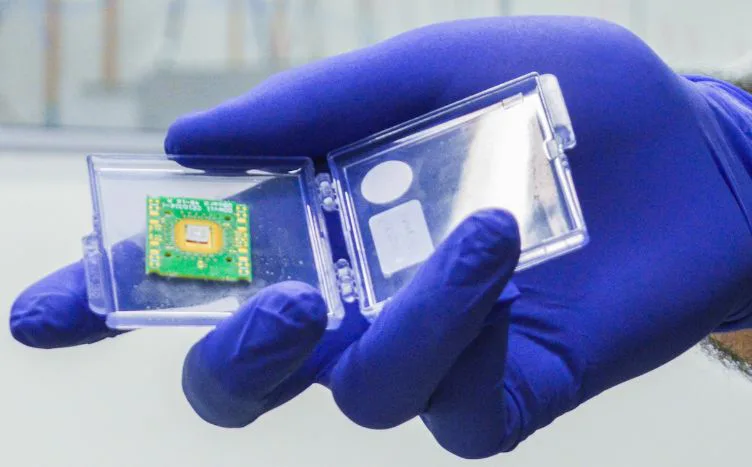
Researchers at the University of Minnesota Twin Cities have created a ground-breaking superconducting diode, which is a crucial element in electronic devices.
This innovation has the potential to not only enhance the development of quantum computers for industrial applications but it will also boost the performance of artificial intelligence systems.
The newly developed device has an upper edge with respect to the existing superconducting diodes. Some of the features include:
- it is more energy-efficient,
- capable of handling multiple electrical signals simultaneously, and
- incorporates a set of gates to regulate energy flow.
The integration of gate control is a pioneering feature in superconducting diodes.
Superconductors over semiconductors
Main purpose of diode is to enable the flow of electrical current in one direction only. Simultaneously, it prevents the flow in the opposite direction within an electrical circuit.
It can be thought of as half of a transistor, which is a crucial component in computer chips.
Diodes are commonly manufactured using semiconductors, but scientists are exploring the possibility of utilizing superconductors instead. Superconductors possess the remarkable capability of transferring energy without experiencing any power loss during the process.
Current materials and fabrication methods are touching its limits
Vlad Pribiag, an associate professor at the University of Minnesota School of Physics and Astronomy and the senior author of the study, expressed the need for more powerful computers.
He acknowledged that very soon the industry might hit the limitation wall with respect to current materials and fabrication techniques.
Therefore, he emphasized the necessity of exploring alternative approaches to computer development.
Pribiag suggested that leveraging superconducting technologies could potentially address this challenge and contribute to enhancing computing power.

Device to enhanced AI systems and neuromorphic computing
Researchers created the device using three Josephson junctions. These junctions are formed by layering non-superconducting material between superconductors.
It’s distinctive design allows for control of its behavior through voltage manipulation.
In addition, the device possesses the capability to process multiple signal inputs, which sets it apart from conventional diodes that can handle only one input and output.
This particular characteristic holds potential for applications in neuromorphic computing, a technique that involves designing electrical circuits to emulate the functioning of neurons in the brain.
Additionally, the incorporation of this feature could enhance the performance of artificial intelligence systems.
Device achieves remarkable energy efficiency, surpassing previous records
Mohit Gupta, a Ph.D. student at the University of Minnesota School of Physics and Astronomy and the first author of the study, highlighted the impressive energy efficiency achieved by their device, which ranks among the highest ever demonstrated.
The team was able to successfully demonstrate:
- the integration of gates, and
- application of electric fields to fine-tune the device’s performance
This is quite a significant advancement because while developing superconducting devices, previous researchers faced challenges in fabricating them due to the materials involved.
The method the researchers used can be applied to any type of superconductor. Thus, making it more versatile and user-friendly compared to other techniques in the field.
This quality renders their device highly compatible with industry applications. Additionally, it offers the potential for scaling up the development of quantum computers for broader utilization.

Quantum computing limitations call for scaling up
Pribiag emphasized that existing quantum computing machines because of their inherent limitations are relatively rudimentary when considering real-world applications.
Therefore, he added that scaling up is necessary to create a sufficiently powerful computer capable of tackling complex problems.
Although, researches are already going on to investigate algorithms and potential use cases for computers or AI systems that could surpass the capabilities of classical computers.
In this study, focus lies in developing the hardware that could enable quantum computers to implement these advanced algorithms.
Takeaway
The development of a new superconducting diode for enhancing the performance of quantum computers looks promising.
As researchers explore quantum computing and advanced algorithms, the focus on hardware development underscores their pivotal role in shaping the future of computing technology.
These advancements will bring exciting possibilities, that will enable us to harness the immense power of quantum systems. Also, the same will assist in optimising algorithms for complex problem-solving. Thus, pushing the boundaries of limitations still further.



